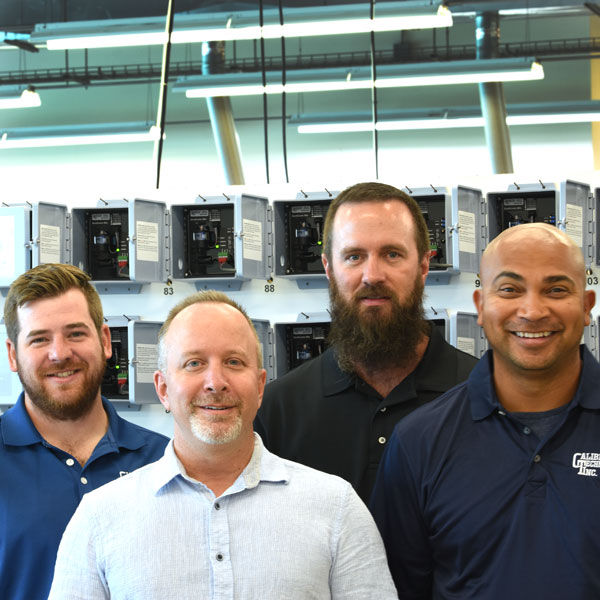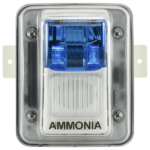
Protecting People | Protecting Property
Designed for Vehicle Depots
Several safety institutions, government agencies, and organizations have published codes and standards regarding the detection of Carbon Monoxide and Nitrogen Dioxide in parking garages and vehicle depots. ASHRAE, OSHA, The International Mechanical Code, The Uniform Mechanical Code, and the Uniform Building Code all have opinions on how and when parking garages and vehicle depots should monitor levels of toxic gases and when action should be taken. The design of a garage exhaust system and gas detection system should be based on these guidelines and the codes and standards of the appropriate local jurisdiction.
The equipment installed should be able to withstand the harsh conditions found in industrial environments, should be properly installed and regularly maintained. It should have the ability to automatically turn on vents if toxic levels are found.

How to Buy Vehicle Emissions Detector
Vehicle Emissions Detection Guide
Get more information on vehicle emission gas detection and the CTI DuoSense brand in this brochure.
Monitoring Carbon Monoxide Levels
Carbon Monoxide is a dangerous, highly toxic gas that is odorless, tasteless, and colorless. At high levels and at lower, continuous levels of exposure, carbon monoxide can lead to nausea, fatigue, headache, dizziness, collapse, unconsciousness, and even death, Because gasoline engines emit carbon monoxide, both parking garages and vehicle depots need to be equipped with detectors to monitor the level of carbon monoxide so that ventilation systems and/or alarms can be activated when the concentration reaches a dangerous level.
Monitoring Nitrogen Dioxide Levels
If the parking garage and/or vehicle depot is also used with diesel vehicles, Nitrogen Dioxide levels must also be monitored so that ventilation can be activated when necessary. Although Nitrogen Dioxide is not immediately dangerous to life and health, it is a known and powerful carcinogen that should be avoided as much as possible.
Reducing Energy Costs
It might seem easier to avoid toxic levels of Carbon Monoxide and Nitrogen Dioxide by continuously running the ventilation system, but this would be a huge waste of energy. Not only does the use of the ventilation system increase energy consumption, but the strain it puts on the heating and cooling system also increases energy costs. It is better to install a system to monitor gas levels and turn on the fans only when necessary.
Vehicle depots have unique conditions that present significant challenges to gas detection efforts. CTI detectors handle them all!
Gas Detection Challenges in Vehicle Depots
Conditions are often wet, moist, and humid.
CTI detectors can handle water and are resistant to condensation and corrosion. All circuitry is completely encapsulated in a urethane compound that is impervious to moisture of any kind.
Regulatory Agencies such IIAR and OSHA have rules and standards that must be met.
CTI equipment meets all standards from IIAR and OSHA.
CTI sales engineers are trained to help you understand and apply IIAR and OSHA regulations regarding gas detection in your facility

Customer Service Always Wins
CTI is large enough to provide all the products and services you need, yet small enough to give personalized attention to each customer. We’ve been in business for over 15 years and understand the challenges you face and the regulations you need to meet.
We are experts in industrial gas detection for food processing facilities and we are standing by to help design and maintain a rugged and reliable system for your facility.
Choose CTI




